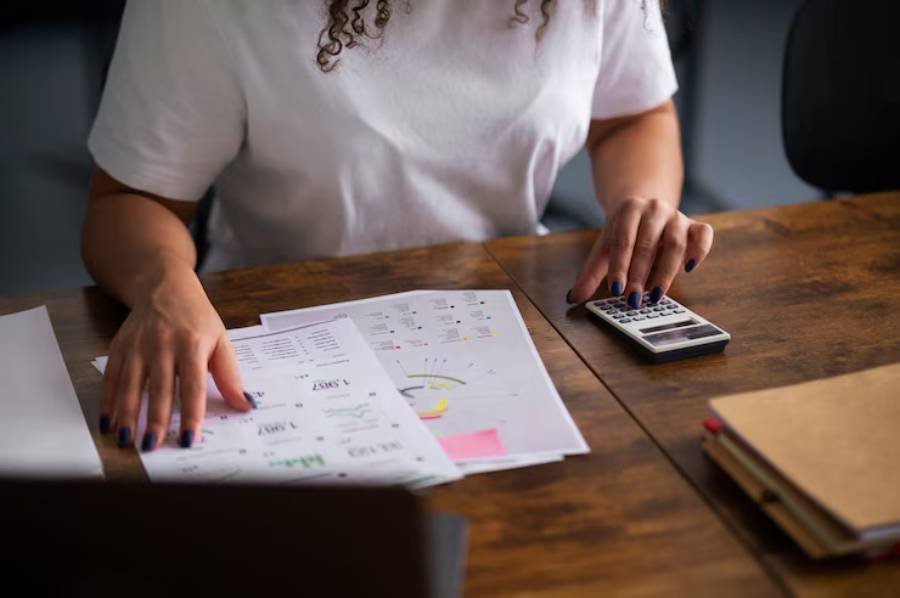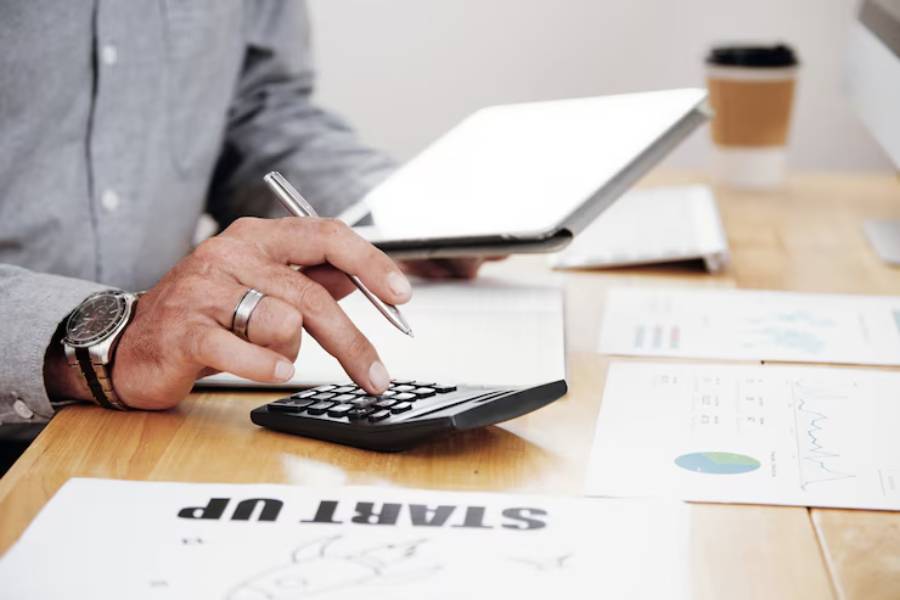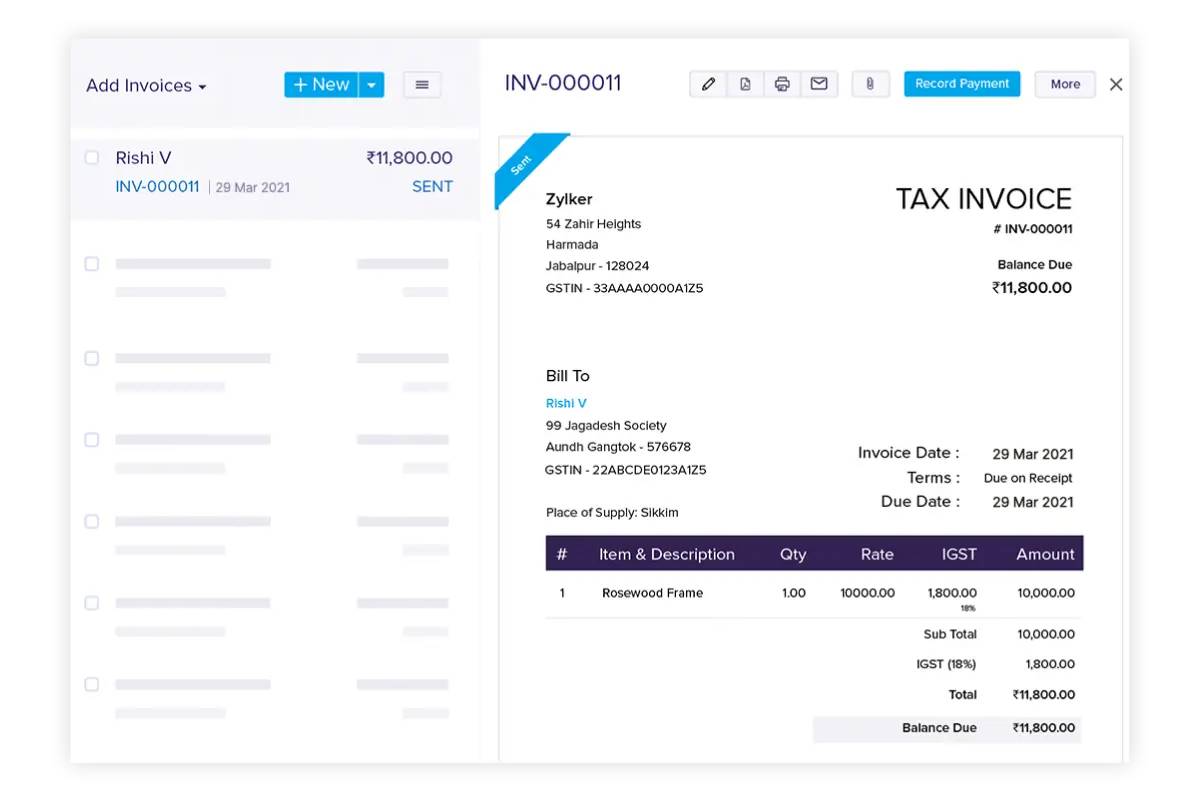
How to Claim Business Expenses Effectively
Claiming your business expenses well can mean saving on taxes. It helps you keep more money in your pocket. If you’re a freelancer, sole trader, or small business owner, knowing tax deductions is key. It helps you stay compliant and save money while dealing with HMRC claims. In this expert-driven guide, we unpack everything you need to know.
Understanding Business Expenses and Tax Relief
A business expense is a cost you incur wholly and exclusively in the course of running your business. HMRC lets you deduct these expenses from your income. So, you pay less tax on your bill. But there are rules.
Why It Matters
- Reduces taxable income, lowering your tax liability
- Supports cash flow, especially in the early stages of business
- Ensures HMRC compliance, avoiding audits or penalties
The key is understanding which costs are allowable and how to document them properly.
If you spend £1,000 on advertising and it’s allowable, your taxable profit drops by that amount. With a 20% tax rate, you save £200 in taxes. That’s a big saving, especially for
Quick-Reference Summary: How to Claim Business Expenses
- Know what qualifies as an allowable expense under HMRC rules
- Track all expenses and keep detailed, accurate records
- Categorise costs correctly in your accounts for clarity and audits
- Use HMRC guidance or a qualified advisor to confirm grey areas
- File claims through Self Assessment or Corporation Tax returns
- Retain receipts and evidence for a minimum of 5 years
Step-by-Step Guide to Claiming Business Expenses

1. Identify Allowable Expenses
Allowable business expenses typically include:
- Office costs: stationery, postage, printer ink, office chairs, and even software subscriptions like Microsoft 365 or Canva for business use
- Travel costs: fuel, parking fees, public transport fares, overnight accommodation during business trips, and business mileage (45p per mile for the first 10,000 miles)
- Staff expenses: wages, National Insurance contributions, pensions, training, staff entertainment (within limits)
- Marketing and advertising: branding, website design, social media ads, business cards, flyers, and professional photography
- Professional services: fees paid to accountants, solicitors, consultants, or business mentors
- Utilities and rent: rent of commercial premises, business insurance, gas, electricity, and water bills
- Bank charges and interest: overdraft fees, business credit card interest, or PayPal fees on business transactions
Real-life Example: A graphic designer works from home. They pay for Adobe Creative Cloud each month. This subscription can be claimed as a business expense. If she also travels to meet clients and pays for train tickets, those journeys are deductible.
2. Maintain Accurate Records
HMRC requires you to keep records of your expenses. These must be complete, accurate, and legible.
Digital tools can make this process simple:
- Use accounting software such as QuickBooks, Xero, or FreeAgent
- Keep digital scans or photos of all receipts
- Record each expense with the date, amount, and business purpose
Organise records monthly or quarterly to avoid a year-end scramble. An app like Dext or Expensify can scan receipts and sort them right away. This saves hours of admin work.
3. Categorise and Allocate Properly
It’s vital to differentiate between personal and business expenses. HMRC only allows deductions for expenses used “wholly and exclusively” for business purposes.
How to Split Mixed-Use Costs:
- Phone bills: If you use your phone 60% for business and 40% personally, only 60% of the bill is claimable
- Internet use: If you share home Wi-Fi, figure out a fair business portion based on your working hours.
- Track mileage instead of fuel, unless you claim actual running costs. If you do, make sure it’s well documented.
Pro Tip: Accurate apportioning shows professionalism. It also lowers the risk of questions or fines during an audit.
4. Use the Right Method of Claim
Depending on your structure:
- Sole traders and partnerships: Claim through the Self Assessment tax return (SA103)
- Limited companies: Claim via Corporation Tax returns (CT600) and show in your accounts.
For simplified expenses, HMRC allows you to:
- Claim flat rates for vehicle use instead of actual fuel costs
- Deduct fixed amounts for home office expenses without calculating utility bills manually
This approach suits smaller businesses or side-hustlers who want simplicity.
5. File Your Claim Accurately
When it’s time to complete your tax return, enter your expenses into the correct boxes.
HMRC usually separates costs into standard categories such as:
- Travel and subsistence
- Staff costs
- Office and admin
- Finance costs
Use precise labels and avoid rounding figures excessively. Keep supporting documentation in case HMRC requests it later. Though not submitted with the return, these records form your defence if audited.
Pro Tip: Missing the deadline: Filing late may cost you penalties or block your claims
Important: Always check the latest HMRC guidelines, especially as rules change year to year
Avoid These Mistakes:

- Claiming personal costs: Holidays, private meals, and home improvements are not allowable
- Guessing expense amounts: Always use real figures
- Failing to claim partial use costs: Like utilities, car expenses, and internet
Expert Tips:
- Schedule monthly reviews to catch all claimable expenses
- Take advantage of annual investment allowances for larger purchases like equipment
- Talk to a qualified accountant about tricky topics like capital allowances or mixed-use assets.
Best Practices for Effective HMRC Claims
Implement Smart Systems:
- Open a separate business account to clearly track income and expenses
- Automate receipt capture with smartphone apps
- Create digital backups of all key financial documents in cloud storage
- Match expenses with projects to analyse profitability
Use Reminders and Alerts:
- Set recurring calendar reminders to log receipts weekly
- Use HMRC email alerts for deadline and regulation updates
- Schedule quarterly finance reviews to stay on track
Bonus Tip: You might set up Google Sheets or Notion dashboards. These can help you track non-standard expenses and compare them year over year.
Frequently Asked Questions (FAQs)
Q: What if I lose a receipt?
A: HMRC may still accept the claim if you can show other proof, like bank statements or invoices. However, it’s best to maintain original receipts.
Q: Can I claim meals?
A: You can claim meals when travelling for business or entertaining clients. However, everyday lunches or snacks during normal workdays aren’t eligible.
Q: Can I claim for clothing?
A: Only if it’s a uniform, safety gear, or promotional clothing with your company logo. General clothing, even if worn for work, isn’t allowable.
Q: Can I claim training courses?
A: Yes, if the training relates directly to your existing business. You can’t claim for courses that help you start a new trade.
Q: Is there a limit to what I can claim?
A: There’s no set limit. However, expenses must be reasonable, solely for business, and supported by proof.
Conclusion: Smart Claims Mean Lower Tax Bills

Claiming your business expenses correctly is a smart way to lower your tax bill legally. Keep clear records, follow HMRC categories, and stick to consistent processes. This way, your HMRC claims will go smoothly and bring benefits.
Review your expenses each month. Use the right tools. Get help when things get tricky. Stay ahead! It’s not just about paying less tax—it’s about running a more efficient, financially savvy business.
Need help with your tax deductions? Begin today by looking over your spending from the last three months. Then, group your business expenses into categories. Don’t leave it until year-end—make tax work for you all year round.


